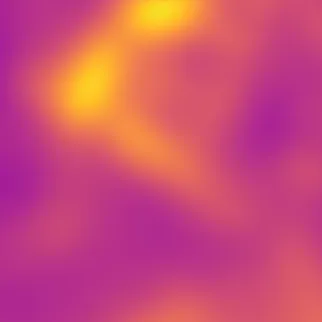Galactic Dust Dilemma: The Impact of Non-Gaussian Foregrounds on CMB Lensing Measurements

Recent research has highlighted a significant new challenge in the realm of cosmology: the effect of Galactic non-Gaussian foregrounds on Cosmic Microwave Background (CMB) lensing measurements. A team of researchers, led by Irene Abril-Cabezas and including experts from notable institutions such as the University of Cambridge and Stanford University, has delved into how these non-Gaussian foregrounds, particularly Galactic dust, can skew the insights derived from CMB lensing studies.
Understanding CMB Lensing
The CMB represents the afterglow of the Big Bang, providing a glimpse into the early universe. As CMB photons traverse space, they are influenced by the gravitational pull of massive structures, a phenomenon called weak gravitational lensing. This lensing effect alters the apparent distribution of the CMB, enabling scientists to map out matter density and understand cosmic growth. However, the presence of Galactic foregrounds poses a risk to the accuracy of these measurements.
The Non-Gaussian Nature of Galactic Foregrounds
Unlike other types of contamination, such as extragalactic foregrounds that are typically Gaussian, Galactic dust emissions exhibit non-Gaussian characteristics. This complexity means they can inadvertently mimic the signals that lensing estimators are designed to detect, confounding results. The research employed models to quantify the extent of contamination from various foregrounds using high-quality observational data from instruments like the Atacama Cosmology Telescope (ACT) and the upcoming Simons Observatory (SO).
Key Findings and Implications
The team found that while the ACT is relatively resilient to Galactic dust, the situation varies significantly for the SO. In fact, certain models indicated that the levels of bias in CMB lensing measurements could surpass acceptable limits in conditions with higher sky coverage. The models produced show that, while biases remain below 0.3σ in the ACT setup, they potentially exceed this threshold for SO configurations. This variance raises significant concerns about the reliability of CMB lensing results when influenced by Galactic dust, particularly as experiments strive to measure finer astrophysical details.
A Path Forward: Mitigation Strategies
Addressing the biases introduced by Galactic dust requires innovative solutions. The team stresses the need for improved characterization of foreground influences and the development of mitigation methods. This might involve sophisticated techniques such as "bias-hardened" quadratic estimators or exploring alternative approaches to component separation in the data analysis phases. The research paves the way for subsequent studies to enhance our capability to filter out such foregrounds in future CMB lensing initiatives.
Conclusion
This research underscores the importance of understanding and mitigating the effects of non-Gaussian Galactic foregrounds in CMB lensing. As future experiments aim to refine our knowledge of the universe's fundamental properties, insights from this study will undoubtedly play an essential role in guiding methodologies and improving the accuracy of cosmological measurements.